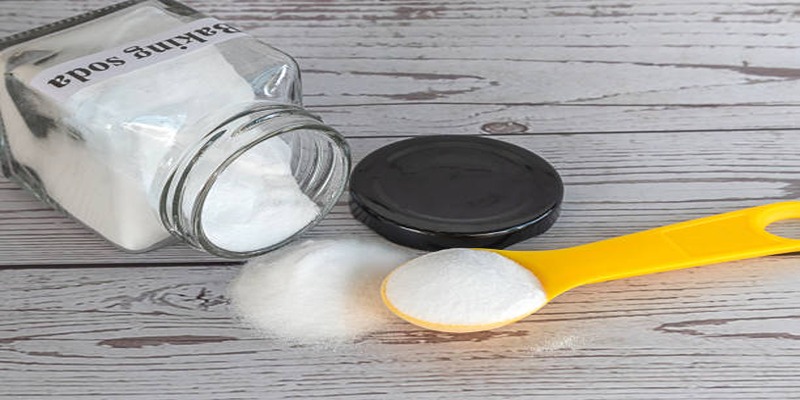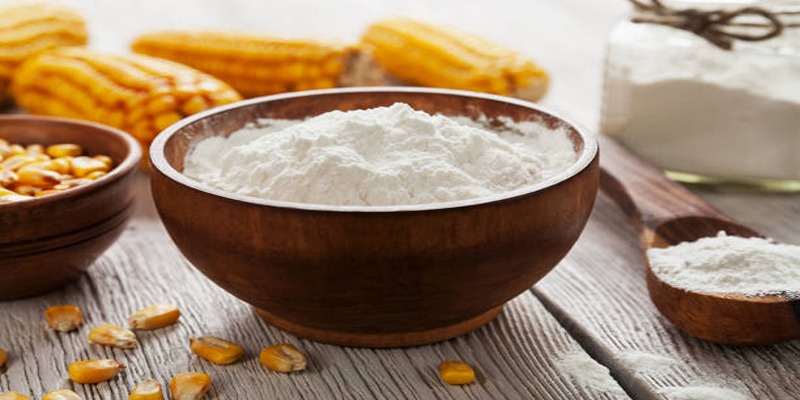When it comes to the world of baking, ingredients play a crucial role in achieving the desired texture and flavor. Among these essential ingredients are baking powder and corn starch, each serving a distinct purpose in your recipes. Baking powder is a leavening agent that helps baked goods rise and become light and fluffy, while corn starch is primarily used as a thickening agent in sauces, gravies, and fillings. Although they might seem somewhat similar at first glance, they perform very different functions and cannot be easily interchanged. Understanding the specific roles of baking powder and corn starch in baking is key to creating successful culinary creations. This article explores whether substituting one for the other is feasible and the potential impacts on your recipes.
What is Baking Powder?

Baking powder is a chemical leavening agent, meaning it produces gas bubbles that cause the dough or batter to rise and become light and airy. It typically consists of three components - baking soda, an acid (such as cream of tartar), and a moisture-absorbing agent (usually corn starch). When mixed with liquid, baking powder reacts and releases carbon dioxide gas, causing the baked goods to expand and giving them a fluffy texture.
Common uses in recipes
Baking powder is commonly used in recipes where a quick rise or fluffy texture is desired, such as cakes, muffins, pancakes, and biscuits. It is also useful in recipes that do not contain acidic ingredients, as the baking powder provides its own acid source.
What is Corn Starch?
Corn starch is a fine white powder made from dried corn kernels. It consists primarily of carbohydrates and has no flavor or odor. Due to its ability to absorb liquids and form a gel-like consistency when heated, it is often used as a thickening agent in sauces, gravies, soups, and fruit fillings.
Common uses in recipes
Corn starch is commonly used as a thickener in recipes that require a smooth and glossy texture, such as custards, puddings, and pie fillings. It is also frequently used to coat meat before frying or as a binding agent in veggie burgers or meatballs.
Role as a thickening agent
When heated, the starch molecules in corn starch absorb liquid and swell, creating a gel-like consistency. This process helps to thicken sauces and fillings and prevents them from becoming watery or separating.
Differences Between Baking Powder and Corn Starch

While both baking powder and corn starch are white powders used in baking, they have distinct differences that make them unsuitable for substituting one another. The key differences between the two are their primary functions, compositions, and reactions to heat.
Primary Functions
Baking powder is primarily used as a leavening agent while corn starch serves as a thickening agent. Attempting to substitute one for the other will not produce the desired result.
Compositions
Baking powder contains an acid and moisture-absorbing agent, while corn starch is purely made of carbohydrates. This difference in composition makes corn starch unsuitable for producing gas bubbles, which is essential in leavening baked goods.
Reactions to Heat
When heated, baking powder releases carbon dioxide gas, causing the dough or batter to rise and become light and airy. Corn starch, on the other hand, absorbs liquid and forms a gel-like consistency. Substituting baking powder with corn starch will not produce the same leavening effect.
Amount Required
Baking powder is used in smaller quantities compared to corn starch in recipes. This is because baking powder is highly concentrated and more potent, whereas corn starch needs a higher amount to produce the desired thickening effect.
Appearance and Texture
Baking powder has a fine, powdery texture, while corn starch has a slightly coarse texture due to its larger particle size. Additionally, baking powder creates air pockets in baked goods that give them a light and fluffy texture, while corn starch adds thickness and density when heated.
Taste
Since baking powder contains an acid component such as cream of tartar, it may add a slightly acidic taste to baked goods. Corn starch, on the other hand, is flavorless and does not affect the taste of the final product.
Substitution Scenarios
While it is not recommended to substitute baking powder for corn starch or vice versa, some situations may call for a substitution due to lack of ingredients or dietary restrictions. Here are some potential scenarios and suitable alternatives:
If you're out of corn starch:
- You can use flour as a thickening agent for sauces and gravies, but keep in mind that it will create a slightly different taste and texture than corn starch.
- For baked goods that require leavening, you can use an equal amount of baking powder instead of corn starch. Keep in mind that this may slightly alter the taste and texture of the final product.
If you're out of baking powder:
- For recipes that require a thickening agent, you can use corn starch in place of baking powder. However, keep in mind that this will not produce the desired leavening effect.
- You can also make your own baking powder by mixing 1 part baking soda with 2 parts cream of tartar and 1 part corn starch. Keep in mind that this may slightly alter the taste and texture of the final product.
Conclusion
While baking powder and corn starch may seem interchangeable in some ways, they serve very different purposes in baking. It is important to understand their individual functions and characteristics when creating culinary creations to achieve the desired results. While substitutions are possible in certain scenarios, it is best to use each ingredient for its intended purpose for optimal outcomes in your recipes. So next time you're whipping up a batch of pancakes or thickening a soup, remember the crucial roles that baking powder and corn starch play in creating delicious dishes.







